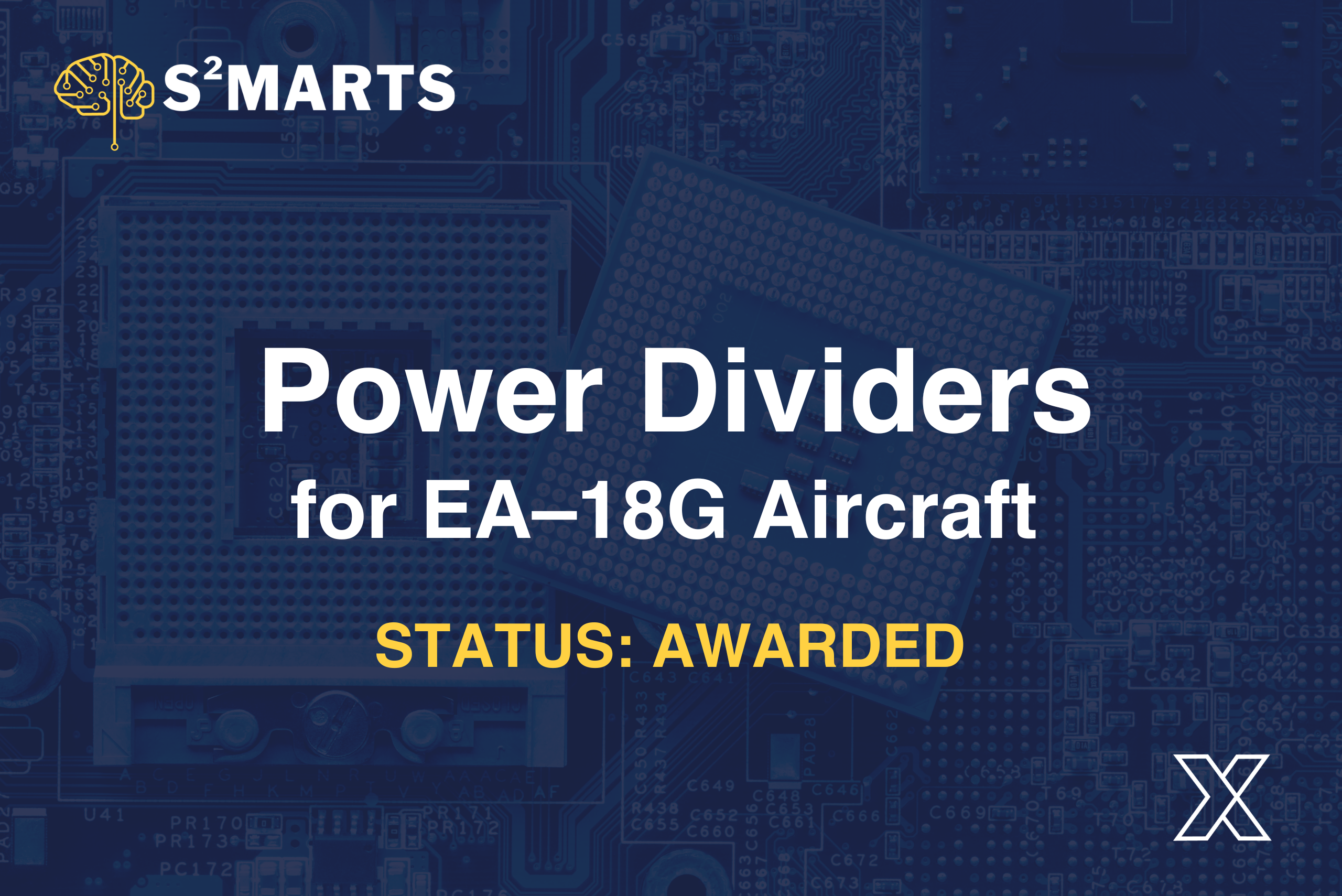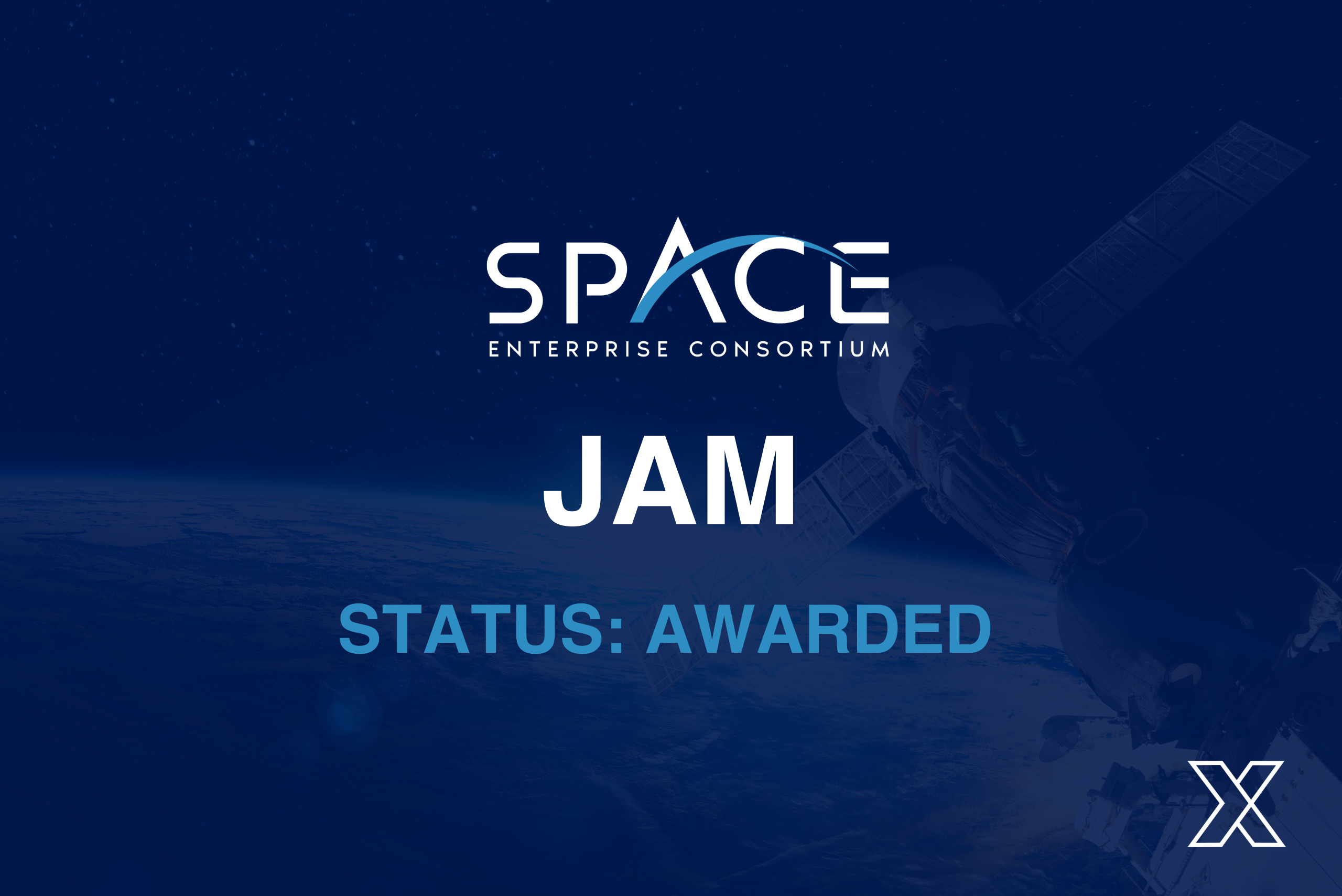An Introduction to OTAs
November 7, 2022

The Basics of FAR-Based Government Contracts
In order to fully understand OTA government acquisition, it’s important to know about Federal Acquisition Regulations (FAR) contracts. These contracts are a procurement mechanism that aims to buy services and property for direct use by government bodies or authorities.
The full text of FAR is broken down into sections. Parts 1 through Parts 53 of title 48 serve to outline act as a Code of Federal Regulations.
As you can see, the requirements and structure are extremely specific. This is because the contracts come with strict terms and conditions. These conditions contain clauses from FAR’s text as well as supplements specific to your agency.
FAR-based contracts are legally binding and deliver benefits directly to the government, especially the Department of Defense (DoD).
What Are OTA Government Acquisitions?
Official FAR-based government documents come with a lot of restrictions and regulations. This is great in some cases because it leads to goal-oriented research with stringent regulations to ensure good ethics and a good outcome. However, it is so rigid that it can limit research and development (R&D) in some cases.
This is where Other Transaction Agreements (OTAs) come in.
OTAs provide a reprieve from the slow and arduous process of implementing a traditional FAR contract. When the DoD or military services need to access R&F projects and prototypes from commercial sources, OTAs grant them more flexibility than traditional FAR documents allow.
These contracts are valuable because they make access to mission-critical services, data, and technologies quicker and easier. The agency can then move forward with using the services to achieve its defense and military objectives.
Are There Any Guidelines for OTAs?
Despite their flexible and loose parameters, OTAs have guidelines. Restrictions include:
- Requiring at least one nontraditional defense contractor or non-profit research organization to participate significantly in the contract
- Funding for OTAs cannot go over $500 million
One or more of the following criteria must also be met:
- Only small businesses and non-traditional defense contractors may participate
- At least 33% of the prototype/development project is paid for by other institutions rather than the federal government
- The agency SPE decrees special exceptional circumstances have arisen so that the OTA can apply
Do They Have a Standard Format?
Unlike FAR-based documents, OTAs do not follow a specific format. Their format and structure depend entirely on the entities forming the contract. It is heavily based on the contents, abilities, and limitations of the documents.
OTAs also do not include the same fine print that you would find in FAR contracts. This means that they have fewer terms and conditions – they are more straightforward than FAR and DoD Grant and Agreement Regulations (DoDGARs).
This makes OTAs more flexible than other traditional government documents. Since OTAs are primarily intended for non-traditional government contractors, they make acquisitions much easier for small businesses and agencies working with the DoD.
The Main Uses of OTAs
Some reasons to use one of these alternatives to traditional federal contracting include:
- Flexible tailoring and altering agreements in ways that will best reach non-traditional vendors and organizations
- Addressing obstacles/barriers that non-traditional companies have with doing business with government agencies (regarding rules and regulations)
- Including information about intellectual property rights that are integral to the research, development, and prototyping processes
- Creating flexible approaches to managing and working with people’s intellectual property
- Finding negotiable and feasible arrangements for funding projects
- Figuring out the length of the agreement to reach research/prototyping goals
- Expediting the process of innovation and making quicker advances in technology
- Ensuring best practices are met during the development and production processes
OTAs are not primarily intended to be quick and convenient. Their core purpose is also not to avoid FAR processes. Instead, their objective is to encourage and streamline innovation and advances in technology.
Research and Development
Some OTAs are purely research-based. Their intention is to spur innovation and get non-traditional agencies the information needed to better develop new technologies.
Research OTAs are usually meant for those who want to partner with non-traditional defense contractors. However, they also are ideal for those who want to adopt commercial standards and practices into their operations. They’re meant for those who want to conduct research that lets them diversify their operations into the commercial sector.
Research OTAs eliminate the regulatory overhead aspect of FAR government documents. Companies that use them can stay competitive regardless of the industry that they’re operating in. This is true even within commercial sectors that have nothing to do with national defense.
Prototyping
Since military technologies are always changing, the DoD requires new prototyping on a regular basis. This keeps the US military competitive and strengthens our national defenses. However, a lot of technological development is done by non-traditional contractors and businesses that aren’t necessarily affiliated with the DoD.
This is where OTAs come in. The DoD can issue Prototype OTAs to businesses developing new weapons and weapons systems for them. The project must match one or more of the following objectives:
- Enhance the platforms, components, materials, and systems used by the armed forces
- Boost and improve the platforms, components, materials, and systems that the DoD is trying to develop to meet its goals, or
- Boost military personnel’s mission effectiveness
Many prototypes are standard physical models. However, some agencies choose virtual prototyping, which also is a valid reason for the DoD to issue a Prototype OTA.
Production
Prototype OTAs, much like Research OTAs, stand alone. They are not valid for all stages of the production process. Once your prototype OTA expires and the prototype is built, an agency may seek a Production Purpose OTA from the DoD.
This Production OTA can be added to the previous Prototype OTA. This would come in the form of a non-competitive follow-up. However, the prototyping and development agency would need to give advance thought and notice if they want a Production OTA issued.
Because of this, Prototype OTA documents often include provisions that outline the possibilities for Production OTAs. This makes the production process seamless after a prototype has been approved.
The Benefits of OTA Government Acquisition
Currently, there are 11 federal agencies authorized to use OTA contracts. They are as follows:
- Department of Defense (DoD)
- DHS Domestic Nuclear Detection Office (DNDO)
- DOE Advanced Research Projects Agency-Energy (ARPA-E)
- Federal Aviation Administration (FAA)
- U.S. Department of Transportation (DOT)
- U.S. Department of Homeland Security (DHS)
- U.S. Department of Energy
- Transportation Security Administration (TSA)
- National Aeronautics and Space Administration (NASA)
- U.S. Department of Health and Human Services (DHHS)
- National Institutes of Health
These are agencies licensed to utilize and issue OTAs to improve their development of new technologies.
Let’s take a look at the benefits that these organizations as well as the non-traditional agencies working with them can reap by using OTAs.
More Accessible Than Traditional Contracts
OTAs are more accessible to small businesses and non-traditional organizations than FAR-based alternatives. They’re easier to apply for and simpler to draft. They require little technical knowledge, which is essential for those who are developing military prototypes without being well-versed in governmental best practices.
Speedy implementation is another way that OTAs are more accessible to non-governmental organizations. They expedite the process of developing, prototyping, and producing new technological software and hardware. This means that you will get your innovations to the DoD quickly.
Without OTAs, government agencies would not be able to integrate ideas from many contractors that have beneficial ideas. Using OTAs allow them to access products and intellectual property from both commercial and non-traditional contractors.
Keeps Intellectual Property Safe
OTAs help non-traditional and commercial entities assist the government while safeguarding their intellectual property. This means that the government has more access to good ideas since developers are willing to work with them.
It also means that those innovators can feel secure while working with government agencies to develop and produce new technologies. In the end, this means a more beneficial relationship for all involved parties.
Cuts Costs
OTAs also are generally less expensive than traditional DoD contracts. While they cannot issue over $500 million to developers, they also cost less to request and implement. Research projects cost less and are therefore more financially accessible.
You do not need to spend time going through standardized procedures, which saves time that you could spend boosting your productivity. This allows more time to come up with new innovations and more money to invest in core product development.
Results-Oriented
OTAs also lower the amount of government intrusion and red-tape restrictions. This makes the process much smoother and more effective so that everyone can remain focused on the intended goals.
Because of this, developers can focus on getting the technical results that they need rather than jumping through process hoops. There is no reason to dwell on dotting all i’s and crossing all t’s before you can begin to develop and prototype your innovation.
Instead, you can direct all of your energy into creating the best possible technical result before giving inventions to the DoD post-production. This means higher-quality results that invoke best business practices with finesse.
About NSTXL
NSTXL is focused on building a network of innovators and creators across the most sought-after emerging technology fields. Within the platform, NSTXL supports three OTA’s including the Strategic & Spectrum Missions Advanced Resilient Trusted Systems (S2MARTS), the Training and Readiness Accelerator (TReX), and the newly awarded Space Enterprise Consortium (SpEC). Join the mission today.
Accessing technology for research and development can be challenging for government agencies. However, OTA government acquisitions documents streamline this process so that your facility can gain quick access to the R&D resources it needs. S2MARTS Research is creating a more connected and streamlined Other Transaction Agreement (OTA) ecosystem, uniquely positioned to better establish the relationship between research and prototyping.
NSTXL‘s experts are committed to helping your government agency capitalize on trends in emerging technology.





